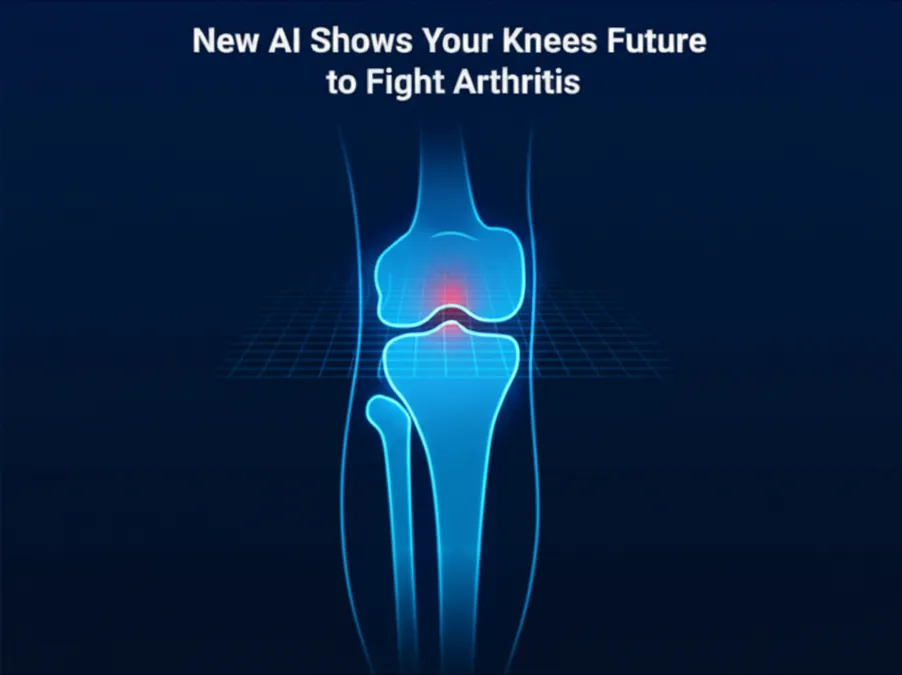Developer Offer
Try ImaginePro API with 50 Free Credits
Build and ship AI-powered visuals with Midjourney, Flux, and more — free credits refresh every month.
This Tiny AI Can Pinpoint Any Photos Location
Imagine you're playing a high-stakes version of a game like GeoGuessr. You're shown a photo of a seemingly ordinary house on a suburban street in the United States. There are no obvious clues—no license plates, no unique landmarks. Your only tool is a database of 44,416 low-resolution aerial photos. Could you find the match?
While this task seems impossible for a human, a new machine learning model could likely solve it in an instant. Developed by researchers at the China University of Petroleum (East China), this AI specializes in matching street-level photos to a vast database of aerial images, pinpointing their exact location with remarkable accuracy and efficiency.
A Breakthrough in AI-Powered Geolocation
This new AI model isn't the first to tackle image geolocation, but it stands out for its compact size and incredible speed. When given a photo with a wide field of view, it can narrow down the potential location with up to 97 percent accuracy. When it comes to pinpointing the exact spot, it succeeds 82 percent of the time, putting it on par with or even ahead of many larger, more resource-intensive models.
What truly sets this technology apart is its performance. The researchers report that it is at least twice as fast as similar models and uses less than a third of the memory. This combination of speed, accuracy, and efficiency makes it a valuable tool for future applications in navigation, defense, and beyond.
How It Works: The Power of Digital Fingerprints
So, how does it achieve this? Instead of a brute-force comparison of pixels, the software uses a clever method called deep cross-view hashing. Peng Ren, a lead researcher on the project, explains that they “train the AI to ignore the superficial differences in perspective and focus on extracting the same ‘key landmarks’ from both views, converting them into a simple, shared language.”
At the heart of this process is a deep learning model known as a vision transformer. Similar to the architecture behind text-based models like ChatGPT, this model breaks images into small pieces and identifies key patterns—like a tall building, a fountain, or a roundabout. It then encodes these findings into a unique string of numbers.
Hongdong Li, a computer vision expert at the Australian National University, compares this number string to a fingerprint. This unique code captures the essential features of an image, allowing the AI to rapidly sift through the aerial database and find the top five most likely candidates. The system then intelligently averages the locations of these candidates to produce a final, precise estimate.
Blazing Fast and Incredibly Small
The efficiency gains from this hashing method are substantial. The model requires just 35 megabytes of memory, while the next-smallest competitor needs 104 megabytes—nearly three times as much.
In terms of speed, the new model is a clear winner. During tests matching U.S. street-level images to an aerial database, it found a location in about 0.0013 seconds. The next fastest model took around 0.005 seconds, making the new system almost four times faster.
While experts like Li call this a “clear advance,” others, such as computer scientist Nathan Jacobs, are more measured, noting that the core problem has been solved before. However, the practical benefits of such a fast and lightweight model are hard to ignore.
Beyond the Game: Real-World Impact and Future Steps
While the technology needs further testing to handle real-world challenges like seasonal changes or cloud cover, its potential applications are vast. On a simple level, it could be used to automatically geotag old family photos that lack location data.
More critically, it could serve as a vital backup for navigation systems. If a self-driving car's GPS fails, this AI could determine its location using only its cameras. Li also suggests it could play a role in emergency response within the next five years, helping first responders quickly locate incidents from a single photo.
There are also significant applications in defense systems. The model aligns with goals from intelligence projects like Finder, which aimed to extract maximum information from photos without metadata. As Jacobs notes, if an agency receives a photo of a sensitive location without any data, deep cross-view hashing could be the key to finding it quickly and efficiently.
Compare Plans & Pricing
Find the plan that matches your workload and unlock full access to ImaginePro.
| Plan | Price | Highlights |
|---|---|---|
| Standard | $8 / month |
|
| Premium | $20 / month |
|
Need custom terms? Talk to us to tailor credits, rate limits, or deployment options.
View All Pricing Details

